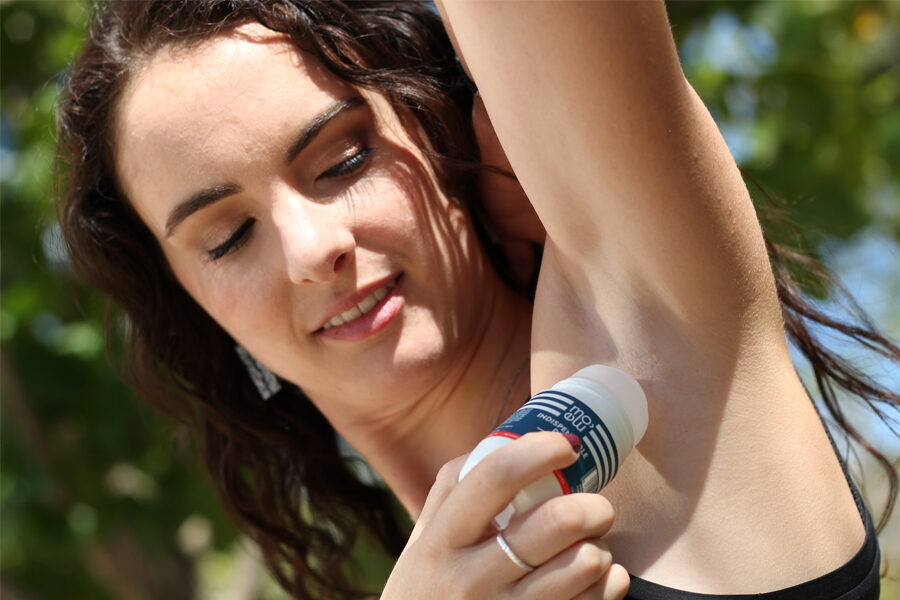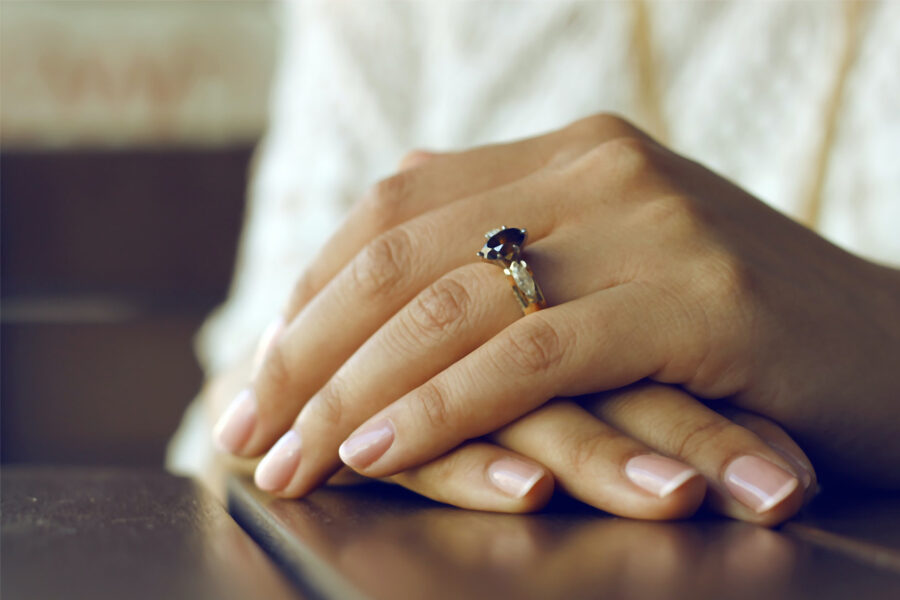
Acne is a common skin condition that affects people of all ages and skin types. While there are many different treatments available, pimple patches or acne patches have become an increasingly popular option for people with pimple-prone skin. These small, adhesive discs work by physically covering the pimple and absorbing excess oil, pus, and bacteria, helping to protect the area and promote healing. In this article, we will explore the benefits of pimple patches, how to use them effectively and some FAQs about them.
How Pimple Patches Work
Acne patches are a fast and effective solution for treating pimples. These small, adhesive hydrocolloid or clear dots work by covering the pimple and absorbing excess oil and pus. This helps to reduce inflammation, prevent further infection, and promote healing. Additionally, some acne patches contain active ingredients like salicylic acid or benzoyl peroxide that target the underlying causes of acne.
Benefits of Using Pimple Patches
Pimple patches are a simple and effective way to manage pimples and improve the appearance of acne-prone skin. You can use them in combination with a comprehensive skincare routine for best results. So, here are some of the benefits of using them:
1. Fast and convenient
Simply apply the patch over the pimple and leave it on for several hours or overnight. No need for messy creams or complicated skincare routines.
2. Reduces inflammation
The hydrocolloid material used in pimple patches helps to calm and soothe irritated skin, reducing the size and redness of the pimple.
3. Prevents scarring
By covering the pimple, the patch helps to protect the skin from further irritation and reduces the risk of scarring.
4. Easy to use
Pimple patches are portable and easy to use on-the-go. Simply apply, wear, and dispose as needed.
5. Enhances skin healing
The active ingredients in some patches can help to speed up the healing process and improve the overall appearance of the skin.
Different Types of Pimple Patches
Acne patches come in various forms and materials, including hydrocolloid, clear, and medicated. Each type of patch serves a different purpose and may contain different active ingredients. Here’s a closer look at some of the most common types of acne patches:
1. Hydrocolloid patches
These are the most commonly used type of pimple patches. They are made from a hydrocolloid material that absorbs excess oil and pus, reducing inflammation and promoting healing. Hydrocolloid patches are clear and discreet, making them an excellent option for daily use.
2. Clear patches
Clear patches are similar to hydrocolloid patches in that they are designed to absorb oil and pus and reduce inflammation. They are usually more transparent than hydrocolloid patches, making them a good choice for use during the day.
3. Medicated patches
These patches contain active ingredients like salicylic acid or benzoyl peroxide, which are commonly used to treat acne. Medicated patches are designed to target the underlying causes of acne, such as clogged pores and bacteria. Moreover, it help to reduce inflammation and prevent future breakouts.
Each type of acne patch has its own unique benefits and drawbacks. Hydrocolloid patches are effective and easy to use but may not contain active ingredients. Clear patches are discreet but may not be as absorbent as hydrocolloid patches. Medicated patches contain active ingredients that target the causes of acne, but may be more irritating to some skin types.
When choosing an acne patch, consider your skin type and the severity of your acne. Talk to your dermatologist for advice on the best type of patch for your skin.
How to Properly Use Pimple Patches
Pimple patches are a convenient and effective way to treat pimples. But it’s important to use them properly to get the best results. Here’s a step-by-step guide on how to use pimple patches:
1. Cleanse the skin
Wash your face with a gentle cleanser to remove any dirt, oil, or makeup. Pat the skin dry with a clean towel.
2. Select the right size patch
Choose a patch that is slightly larger than the pimple you want to treat. If the patch is too small, it won’t be effective, and if it’s too large, it may interfere with your makeup or daily activities.
3. Apply the patch
Peel the backing off the patch and place it directly over the pimple, pressing it down gently to ensure it adheres to the skin. Make sure the patch is securely in place and won’t fall off easily.
4. Leave the patch on
Leave the patch on for at least 8 hours or overnight for best results. You can wear some patches for up to 24 hours, while others need to be removed after a few hours. Always follow the instructions on the product label.
5. Remove the patch
Gently peel off the patch when it has turned white or when it starts to peel off. If the patch is difficult to remove, moisten the skin with warm water or a gentle cleanser.
6. Repeat as needed
Repeat the process as needed, applying a fresh patch to each new pimple as it appears.
7. Follow with skincare routine
After removing the patch, follow up with your regular skincare routine, including moisturizer and sunscreen if needed.
Keep in mind that pimple patches are just one part of a comprehensive skincare routine, and it’s important to maintain a healthy diet, get enough sleep, and reduce stress to support skin health and prevent future breakouts.
Tips for Incorporating Pimple Patches into Your Skincare Routine
Pimple patches are a convenient and effective way to manage pimples, but they can also be a bit confusing to incorporate into your existing skincare routine. Here are some tips to help you get the most out of your pimple patches:
1. Use as a spot treatment
Pimple patches are best used as a spot treatment for individual pimples, rather than as a full-face mask. This allows you to target specific pimples and prevent them from spreading to other areas of the face.
2. Cleanse the skin first
Always start by cleansing your skin to remove dirt, oil, and makeup. This helps to ensure that the pimple patch adheres properly and does as much good as possible.
3. Use under makeup
Pimple patches can be worn under makeup, making them a convenient option for use during the day. Just make sure to choose a patch that is discreet and won’t interfere with your makeup.
4. Leave on overnight
If possible, leave your pimple patch on overnight to get the best results. This gives the patch plenty of time to work its magic and absorb any excess oil or pus.
5. Replace regularly
Replace your pimple patch regularly, especially if it has turned white or if it starts to peel off. A fresh patch will be more effective than one that has been in place for a long time.
6. Use with other skincare products
You can use pimple patches in conjunction with other skincare products, such as acne treatments and moisturizers. Just make sure to wait a few minutes between applying the patch and any other products to prevent any interference.
By following these tips, you can effectively incorporate pimple patches into your skincare routine and take advantage of their many benefits.
Frequently Asked Questions About Pimple Patches
Pimple patches are a popular and effective way to manage pimples, but they can also be a bit confusing. Here are answers to some of the most frequently asked questions about pimple patches:
Do pimple patches make acne worse?
No, pimple patches do not typically make acne worse. In fact, when used properly, pimple patches can help to reduce the appearance of pimples and prevent the spread of bacteria that can lead to further breakouts. The key to getting the best results from pimple patches is to use them as directed, replace them regularly, and incorporate them into a comprehensive skincare routine that includes cleansing, moisturizing, and other treatments as needed.
Are pimple patches better than popping pimples?
Yes, pimple patches are generally considered to be a better option than popping pimples. Popping pimples can introduce bacteria and oil deeper into the skin, causing further inflammation and increasing the risk of scarring and infection. In contrast, pimple patches work by physically covering the pimple and absorbing excess oil, pus, and bacteria, helping to protect the area and promote healing. Pimple patches also reduce the temptation to pick or squeeze the pimple, which can further damage the skin.
While pimple patches may not be a solution for all types of acne, they can be a helpful addition to a comprehensive skincare routine for people with pimple-prone skin. To get the best results, it is important to use pimple patches in combination with other skincare products, such as cleansing, moisturizing, and acne treatments as needed, and to follow the instructions for use carefully. If you have any questions or concerns about using pimple patches or your skincare routine, talk to your dermatologist for personalized advice.
How long do you leave a pimple patch on?
The length of time you leave a pimple patch on depends on the specific product you are using and your individual skin needs. In general, it is recommended to leave a pimple patch on for at least 6 to 8 hours, or overnight if possible. Some pimple patches are designed to be worn during the day and can be removed after several hours, while others are meant to be left in place for a longer period of time. It is important to follow the manufacturer’s instructions for the specific pimple patch you are using to ensure the best results. If you experience any discomfort or irritation while wearing a pimple patch, remove it immediately.
Do acne patches leave scars?
Acne patches do not typically leave scars. In fact, they can help to prevent scarring by covering and protecting the pimple and absorbing any excess oil, pus, and bacteria that can contribute to scarring. However, it is important to use acne patches properly and to avoid picking or squeezing the pimple, as this can increase the risk of scarring. If you have a history of scarring or are concerned about the risk of scarring, talk to your dermatologist about the best skincare options for your skin.
Can I use pimple patches everyday?
Yes, you can use pimple patches every day, as long as they are well-tolerated by your skin. Pimple patches are designed to be worn for extended periods of time and can be left on overnight or during the day, depending on the specific product and your individual skin needs. However, it is important to avoid overusing pimple patches, as this can dry out your skin and lead to other skin problems. If you have sensitive skin or experience any discomfort or irritation while wearing a pimple patch, remove it immediately and talk to your dermatologist about alternative skincare options. To get the best results from pimple patches, it is important to use them in combination with other skincare products, such as cleansing, moisturizing, and acne treatments as needed.
Can I put pimple patches on popped pimple?
Yes, you can put a pimple patch on a popped pimple, as long as the area has been cleaned and the wound is no longer actively bleeding. Pimple patches are designed to be used on pimples and can help to protect the area and prevent the spread of bacteria that can lead to further breakouts. By covering the popped pimple, the pimple patch can also help to absorb excess oil, pus, and bacteria and promote healing. However, it is important to avoid picking or squeezing the pimple, as this can increase the risk of scarring and delay healing. If you are concerned about the appearance of a popped pimple, talk to your dermatologist about the best skincare options for your skin.
Why do acne patches turn white?
Acne patches turn white when they absorb excess oil, pus, and bacteria from the pimple. This is a sign that the pimple patch is working effectively and helping to promote healing. The white color is caused by the hydrocolloid or silicone material that makes up the pimple patch and is not harmful to the skin. In some cases, the white color may also be accompanied by a slight increase in size as the pimple patch absorbs more fluid. This is a normal and expected result of using a pimple patch and should not cause any discomfort or irritation. If you experience any skin irritation while using a pimple patch, remove it immediately and talk to your dermatologist about alternative skincare options.
What to do after removing pimple patch?
After removing a pimple patch, it is important to cleanse the area and apply any other skincare products as needed. Here are some steps to follow after removing a pimple patch:
- Cleanse: Gently wash the area with a mild, non-abrasive cleanser to remove any residue from the pimple patch and any bacteria that may have accumulated on the skin.
- Treat: If the pimple is still present, apply a spot treatment or other acne medication as directed by your dermatologist.
- Moisturize: Apply a gentle, non-comedogenic moisturizer to help hydrate the skin and prevent dryness.
- Protect: If you are planning to go outside, apply a broad-spectrum sunscreen with at least SPF 30 to protect your skin from UV damage.
- Repeat: Repeat these steps as needed, and continue to use pimple patches as directed by your dermatologist.
It is important to avoid picking or squeezing the pimple after removing the pimple patch, as this can increase the risk of scarring and delay healing. If you have any questions or concerns about using a pimple patch or your skincare routine, talk to your dermatologist for personalized advice.
Mighty Patch Original from Hero Cosmetics – Hydrocolloid Acne Pimple Patches
The Mighty Patch Original from Hero Cosmetics is a hydrocolloid acne pimple patch designed for covering zits and blemishes. The award-winning acne patch is a safe and effective alternative to popping pimples. It absorbs pimple gunk overnight, leaving you with clearer-looking skin in just 6-8 hours. The patch is made of medical-grade hydrocolloid, making it safe and gentle for all skin types. The strong all-night adhesion makes it easy to wear while you sleep, and the thin, translucent sticker with a matte finish blends seamlessly into your skin.
Mighty Patch is an excellent solution for those who struggle with hormonal acne or whiteheads. It is safe, gentle, and non-irritating, and pulls gunk out of pimples while preventing scabs and scarring. The chemical-free, allergy-tested product is easy to use. Simply prep the pimple, stick the patch on, and wait for 6-8 hours before removing it. Repeat if needed.
In conclusion, Mighty Patch Original from Hero Cosmetics is a smart, safe, and effective way to handle pimples overnight. Its results are noticeable and visible, leaving you with clearer-looking skin in just a few hours. The price is worth it for those who struggle with acne. And the patch is a must-try for those who want to improve the look of their pimples without popping them.
Conclusion | Pimple Patches
People with acne-prone skin have various options for treating their condition. Some opt for topical medications such as creams, gels, or lotions that contain active ingredients like benzoyl peroxide, salicylic acid, or retinoids. Antibiotics can also be prescribed to reduce bacteria and inflammation. Hormonal therapy, such as birth control pills or other hormone-based treatments, can help regulate hormone levels and reduce acne outbreaks. Light and laser therapy, including blue light therapy and photodynamic therapy, can also be used to kill bacteria and reduce inflammation. Some people may choose to simply use makeup like foundation or concealer to cover up blemishes and make their skin appear clearer. Additionally, some people use DIY acne treatments with essential oils like tea tree, lavender, rosemary, eucalyptus, or frankincense. Recently, pimple patches or acne patches have become a popular option for people with acne-prone skin.
Whether you are looking for a way to prevent pimples from forming or to treat existing breakouts, pimple patches can be a helpful addition to your skincare routine. By physically covering the pimple and absorbing excess oil, pus, and bacteria, pimple patches can help to reduce the risk of scarring and infection, and promote faster healing. However, it is important to use pimple patches in combination with other skincare products and to follow the instructions for use carefully. If you have any questions or concerns about using pimple patches or your skincare routine, talk to your dermatologist for personalized advice. With the right care and attention, pimple patches can be an effective tool in the fight against acne and help you achieve clearer, healthier skin.



